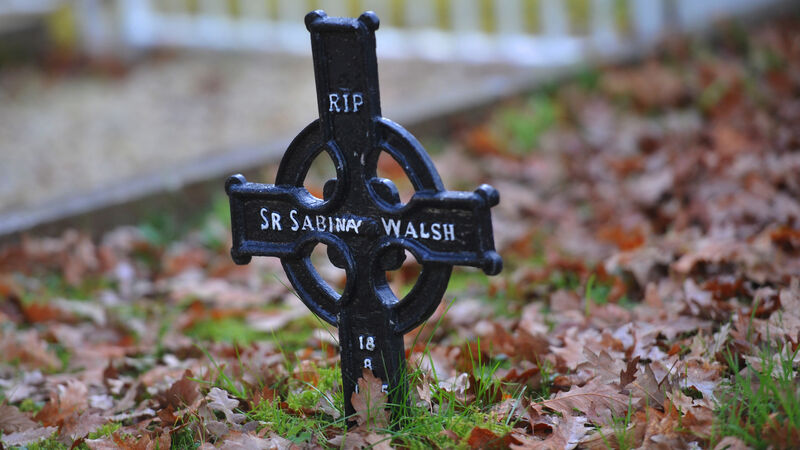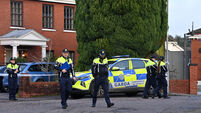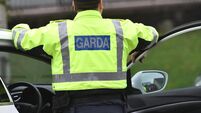Expert: Treat Bessborough as a potential crime scene

UCC bioarchaeologist Dr Barra Ó Donnabháin said Bessborough graveyard 'a site of national and international importance and it has to be handled carefully'. Picture: Larry Cummins
An Irish expert who helped identify the remains of victims of the Srebrenica atrocity says the Bessborough mother and baby home site in Cork is a potential crime scene that must be treated with sensitivity and respect.
UCC bioarchaeologist Dr Barra Ó Donnabháin said babies were dying of starvation in Bessborough during the 1940s and 50s, with "marasmus" listed as a cause of death – a good indicator of abuse in the form of neglect.












